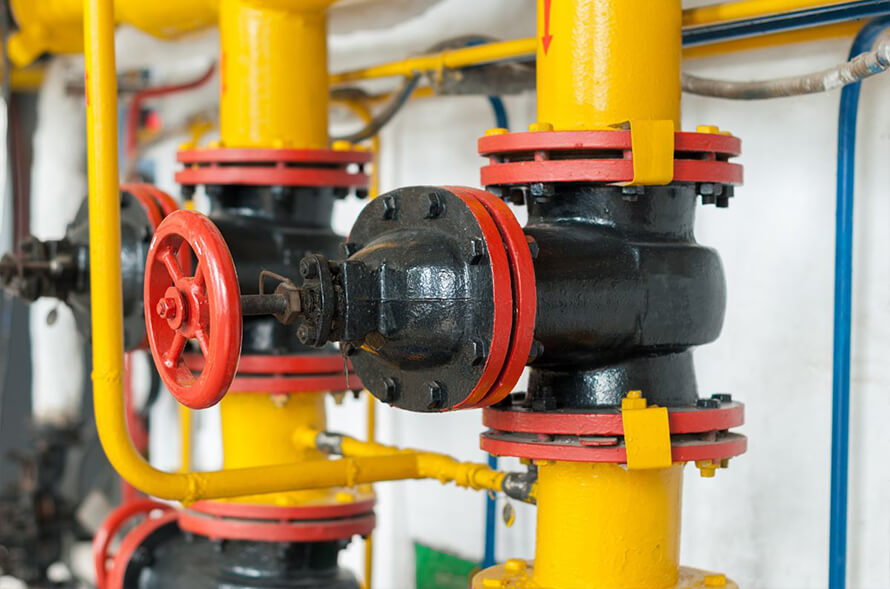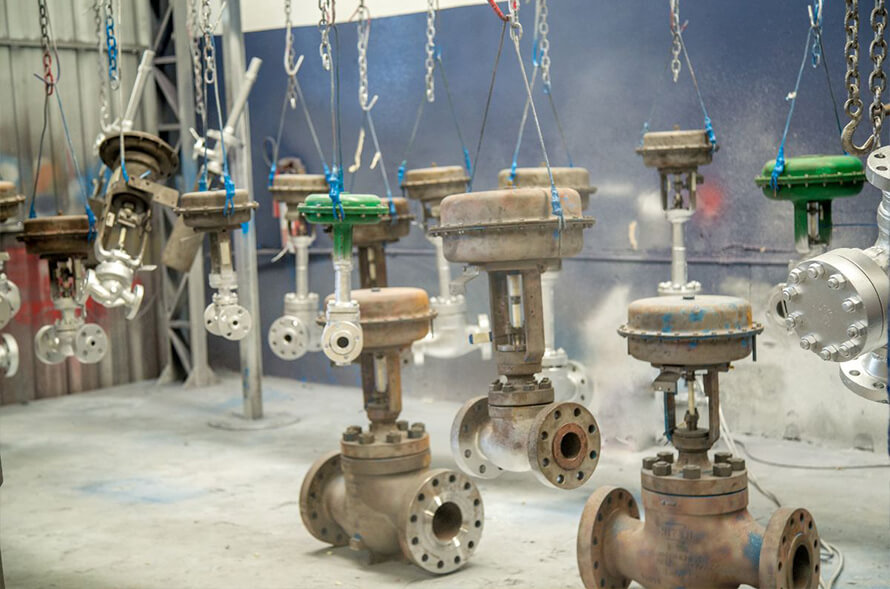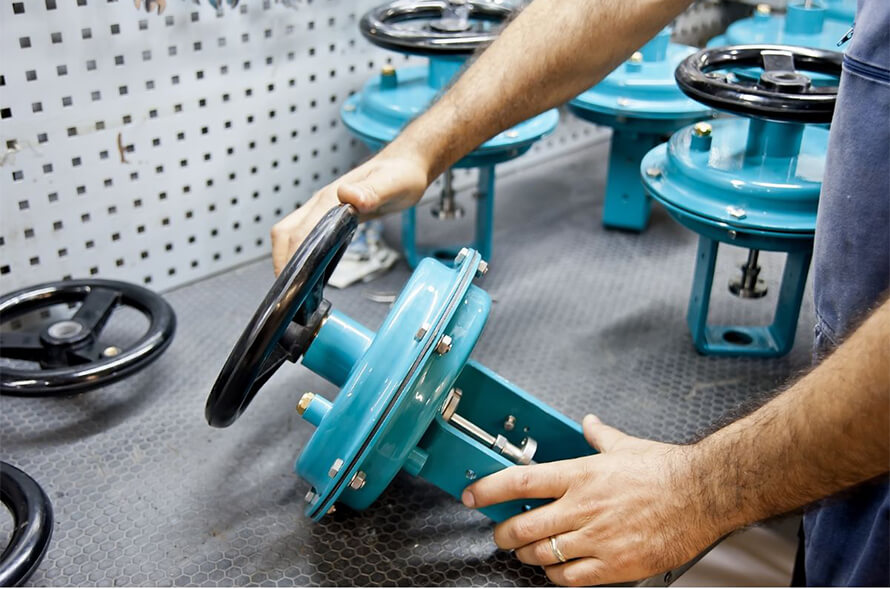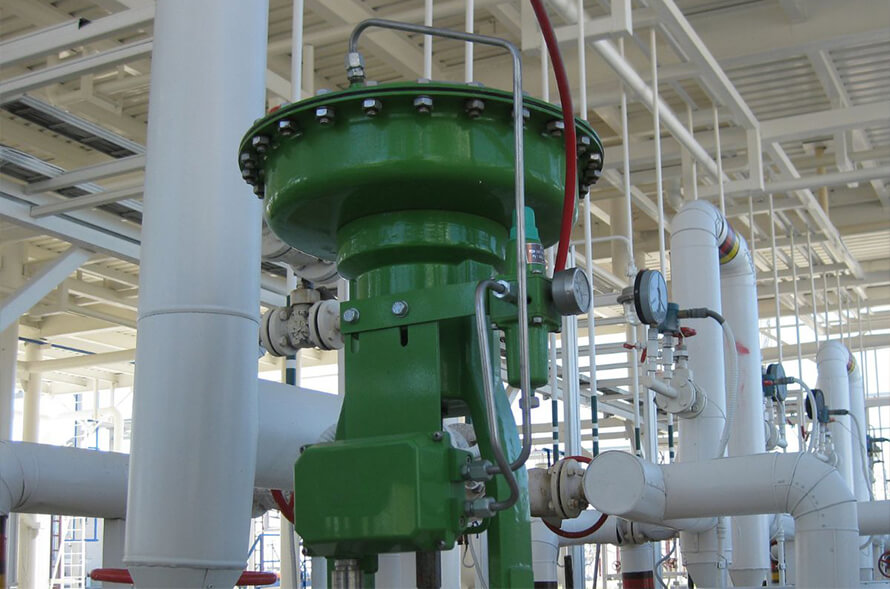Case
Home / Case / Experience / What should be paid attention to in the selection of regulating valve?

Case

Why can't the double-seat control valve be used with a small opening, which is determined by its valve seat structure. The double-seat control valve has two spools, the upper spool is open, the lower spool is closed, and the spool of the control valve is open, the stability is better, so when the spool of the double-seat control valve is close to the flow When working in the small opening range of the closed state, the spool will oscillate. Therefore, in the selection of the control valve, it is necessary to avoid the use of the double-seat control valve in the small opening range.
The valve core of the double-seat control valve has the advantages of a force-balanced structure, which allows a wide range of pressure difference before and after the valve. Since the two sealing surfaces cannot be in good contact at the same time, the leakage is large and cannot be cut off in the pipeline. , Even if the sleeve improvement is now added to the double seat valve, it cannot change the limitations caused by its structural design.


The spool of the straight-stroke control valve moves vertically, the fluid moves horizontally, and the flow channel structure in the valve cavity is not a straight-through type, generally in an S shape, which deforms into many blind spots. Precipitation, and then easy to cause blockage like. The spool of the angular stroke valve is in horizontal rotation, and the medium is also in the horizontal flow direction, so it is not easy to have a dead angle, and the sediment is easily taken away by the fluid. Therefore, the anti-blocking performance of the straight stroke regulating valve is much better than that of the angular stroke valve.
Due to the principle of large sliding friction and small rolling friction. The valve stem of the straight stroke valve slides up and down, which generates a large friction force. Therefore, the valve stem is designed to be small, and the tetrafluoro packing with small friction coefficient is used to reduce the friction force to the greatest extent possible. However, the valve stem is thin, easy to bend, and the packing life is short.
Because the resultant force generated by the medium acting on the valve core has a very small torque on the valve shaft, it can withstand a large pressure difference, so the cut-off pressure difference of the angular stroke valve is large.


Only in terms of cutting effect, soft-sealed valves have better performance than hard-sealed valves. However, the wear resistance and reliability of soft-sealed valves are much worse than that of hard-sealed valves. Therefore, in terms of double standards of leakage and reliability, hard-sealed shut-off valves are better than soft-sealed shut-off valves. Now many shut-off valves use surfacing wear-resistant alloys, which greatly improves the sealing performance and is sufficient to meet the requirements of shut-off valves.